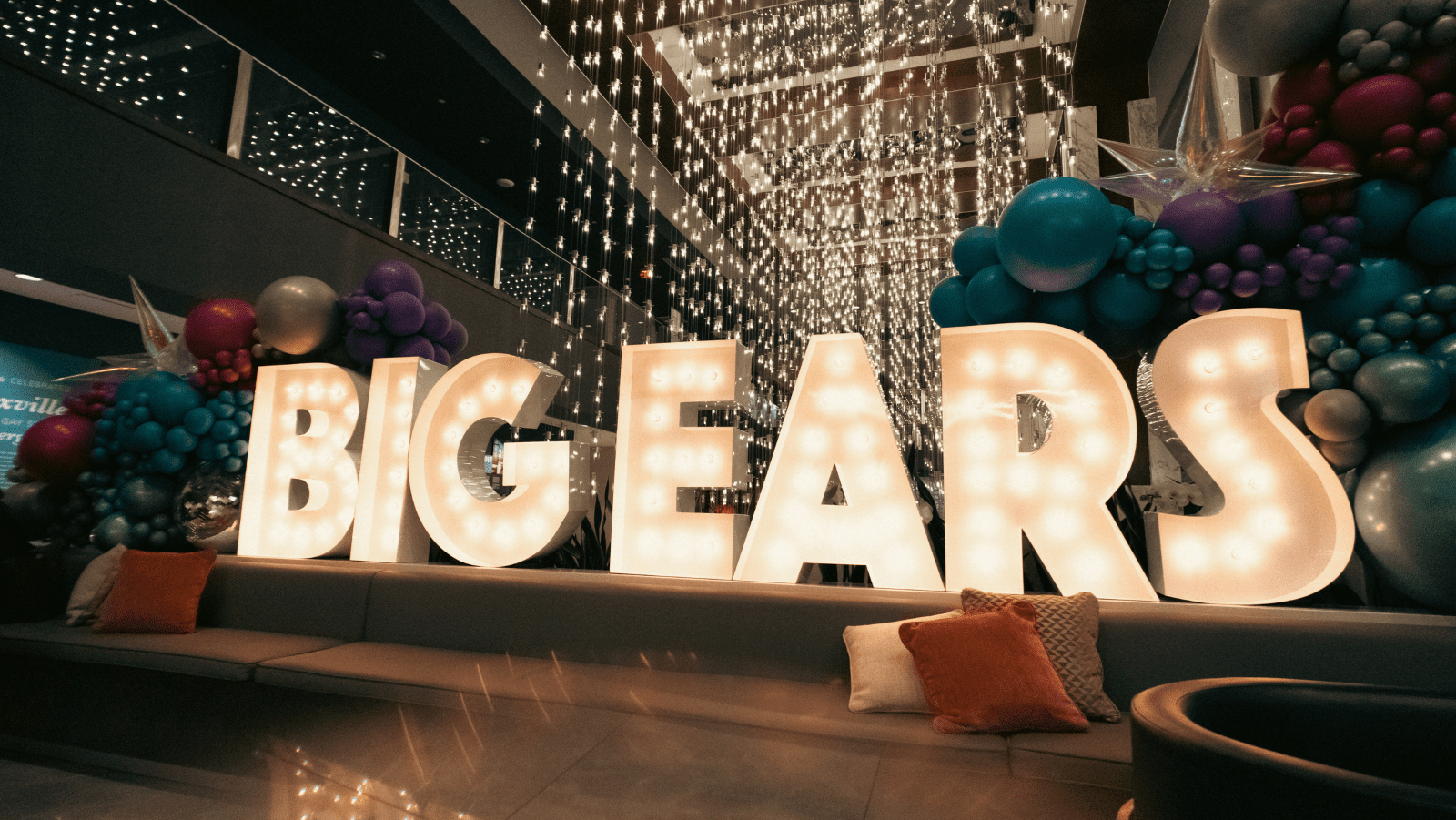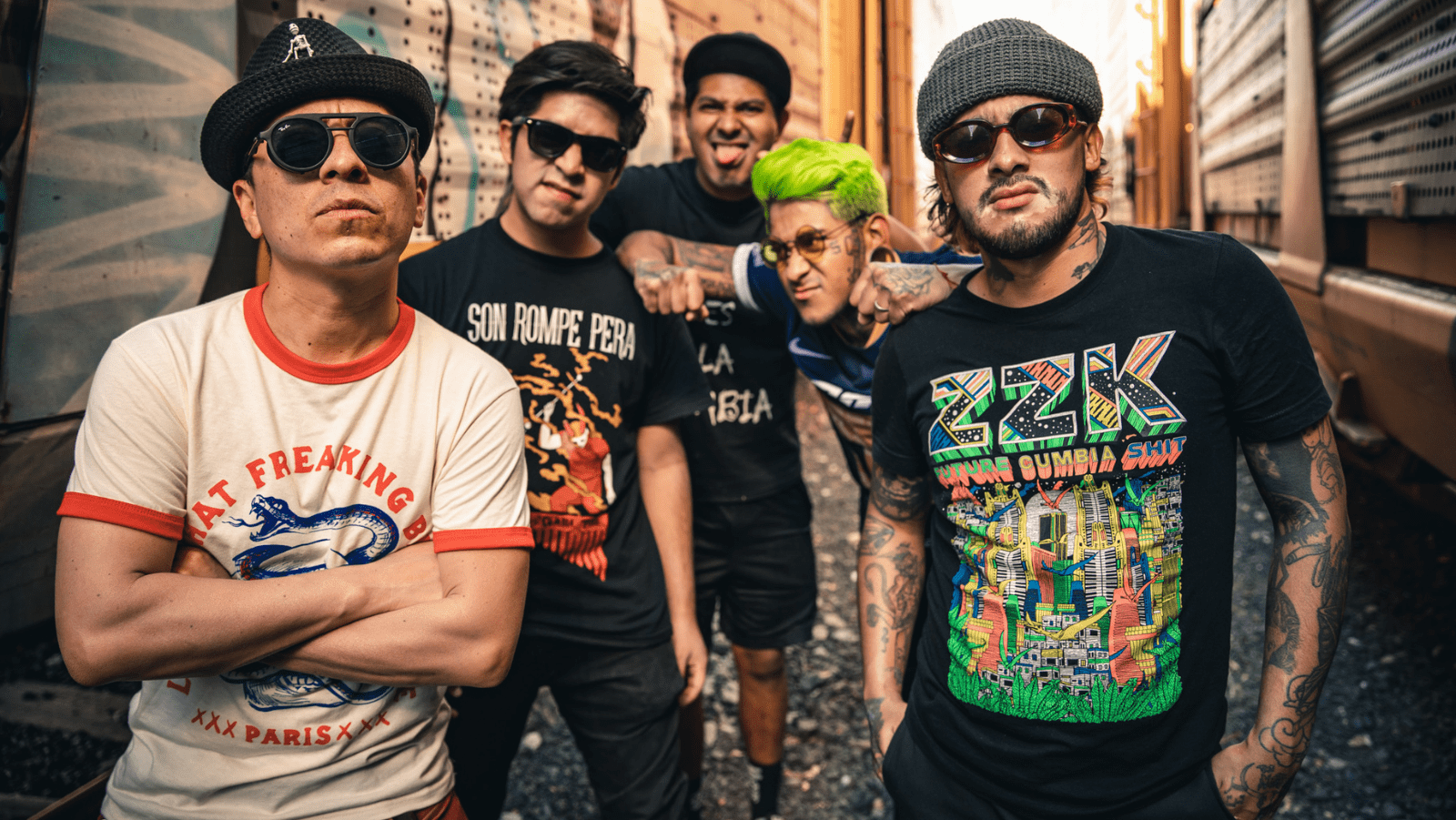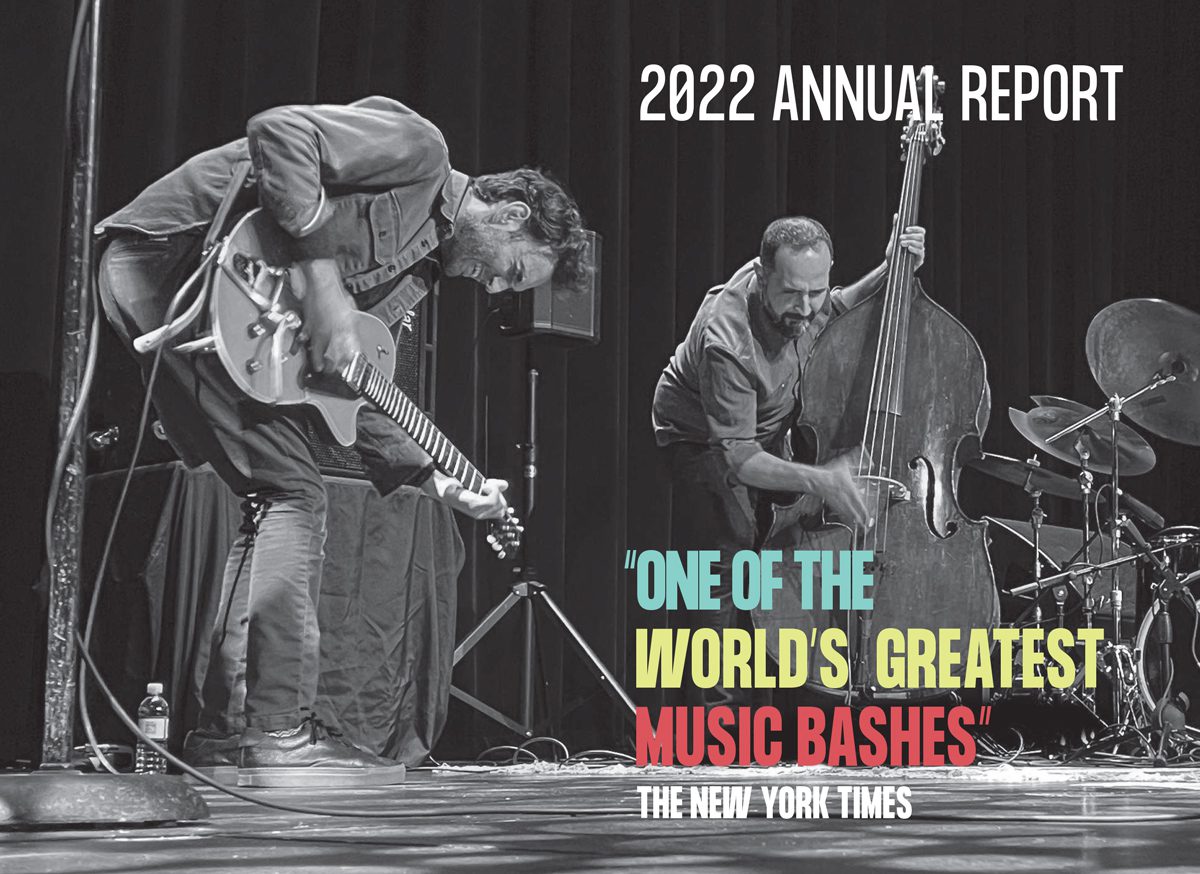Amphitheater of the Skull: Three Powerhouse Vocalists at Big Ears
Writing for The New Yorker recently, Burkhard Bilger updated an age-old adage about a very familiar object—that is, that the human voice is the most complex instrument we have. “Instrument is the wrong word, really,” Bilger wrote. “The voice is more like a chamber ensemble: winds and strings and blaring horns, strung together end to end…. Throw in the percussion of the lips and tongue, and the echoing amphitheater of the skull, and you have a full orchestra playing inside you.”
The assessment was a key piece of Bilger’s introduction to Roomful of Teeth, the New England vocal octet who, as he asserts in his extended profile, is changing the economics and aesthetics of choral music. Roomful of Teeth performs at Big Ears 2019, offering not only its own set but also giving voice to Triptych (Eyes of One on Another), Bryce Dessner’s multimedia examination of the work of Robert Mapplethorpe.
But a trio of Big Ears solo vocalists—two legends, another a captivating young singer working at the edge of new music—offer their own journey through the “amphitheater of the skull,” performing musical feats and conveying ideas with a voice that you have to hear to imagine and sometimes see to believe. They are Meredith Monk and Joan La Barbara, two absolute pioneers of extended vocal techniques and key figures in the emergence of an American avant-garde vocal tradition, and Amirtha Kidambi, who is brazenly pushing that tradition into new realms. If you only see those three artists at Big Ears 2019, you will still leave Knoxville with a different understanding of the possibilities of music.
In the early ’70s, La Barbara emerged as a key component of the Philip Glass Ensemble, her bold voice rippling through his landmark Music in 12 Parts. But her 1976 album, Voice Is the Original Instrument, established her as a visionary, reimagining the way the body, the voice, and a web of electronics could become one. On “Voice Piece: One-Note Internal Resonance Investigation,” you can hear her trace the internal shape of her sinuses, that single note vibrating against bones and the back of the throat, over the tongue and between the teeth; her “q-/-uatre Petites Bêtes” is a scramble of ecstatic birdsong mimesis and ghoulish murmurs, their union suggesting a surreal nexus of life and death. In the decades since, La Barbara’s own compositions and her enduring partnerships with Alvin Lucier (with whom she performs at Big Ears 2019), Robert Ashley, and Mortons Feldman and Subotnick have foregrounded the voice in true landmark works, including Feldman’s Three Voices.
For half a century, Monk has combined an audacious sense of conceptual imagination with her ultra-precise tone and extended techniques, creating pieces that have often combined theater with performance art and rotating ensembles of her own vocal acolytes. Her work has been political, personal, and spiritual, asking hard questions about a world in constant conflict and bodies constantly slinking toward senescence. Awarded the National Medal of Arts by Barack Obama and infamously featured in The Big Lebowski nearly two decades later, Monk has used a controlled sort of vocal radiance to pull listeners into her lungs. “She made her reputation stretching her voice, and those of her collaborators, into primeval, wordless yowls, keens and rasps,” wrote The New York Times in 2015, “placing those strange sounds within luminous, ambiguous theatrical and choreographic events.” Her latest work, Cellular Songs, uses an endless array of tiny notes to suggest the cells of the body, interacting as they shape a world of their own. She performs the piece with her legendary Vocal Ensemble—a clearinghouse for incredible new voices—at Big Ears 2019.
Kidambi follows in the sound waves of Monk and La Barbara, emerging from a generation where the versatility of the voice and its compositional possibilities are accepted wisdom. But she has fearlessly merged that tradition with others—namely, free jazz and bhajan, a form of glistening South Indian devotional music. A constant collaborator with a rich résumé, Kidambi is perhaps best known for being the evocative voice at the center of Mary Halvorson’s 2018 breakthrough, Code Girl. But her forthcoming second album, From Untruth, with her quartet, Elder Ones, portends a breakout of her own. In the past, Kidambi has remained wordless, using extended vocal techniques and complex timbres to convey ideas and emotions in a tongue of her making. But now, she combines those wordless ululations with very direct political verses, fighting to express troubling ideas about wealth and political turmoil. Sometimes, she is consumed by the effort, returning to mere sound to convey what she cannot articulate. From Untruth is a breathlessly modern interpretation of the lessons of Monk and La Barbara, using the voice to say what words and typical singing sometimes cannot.




